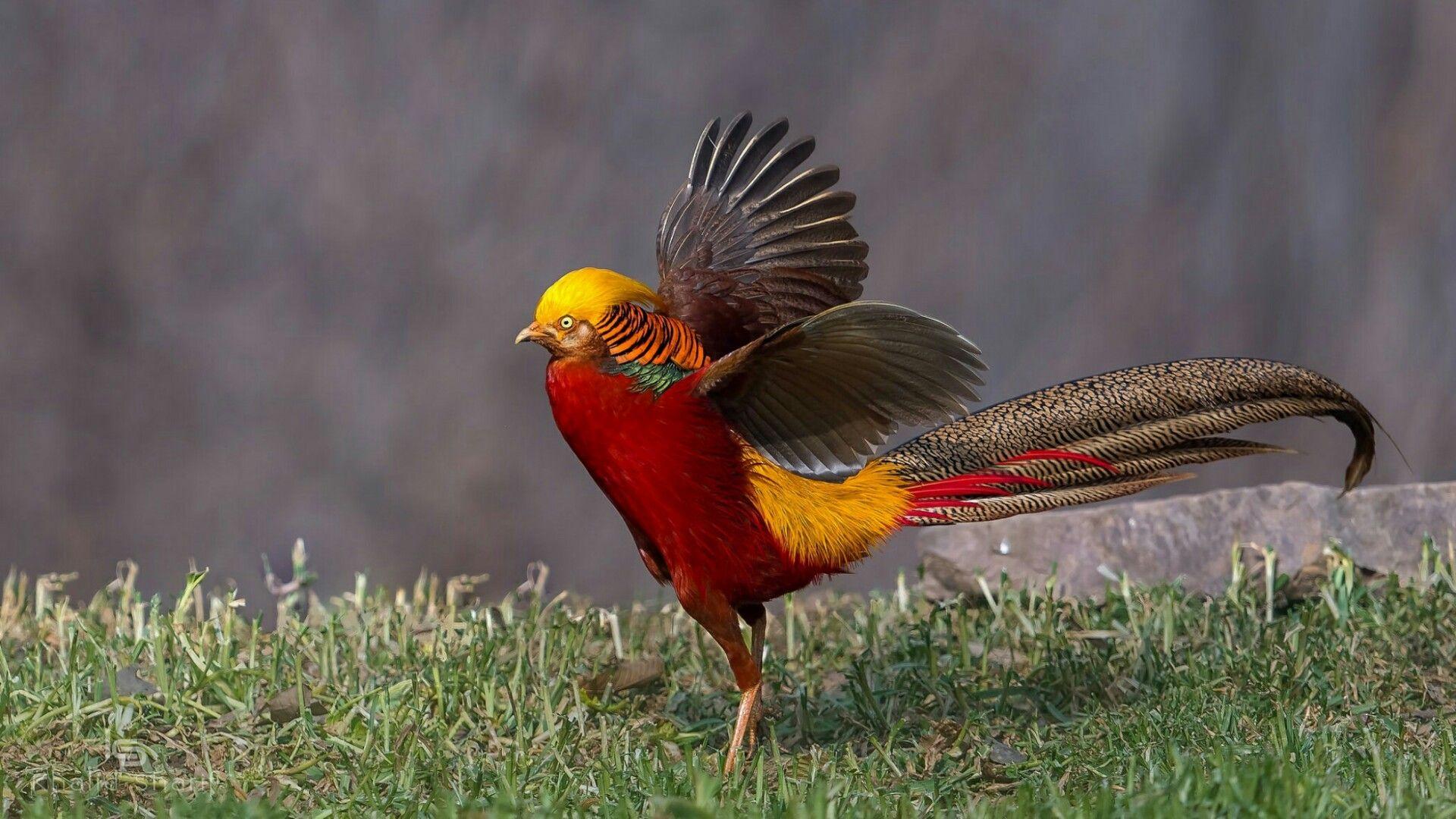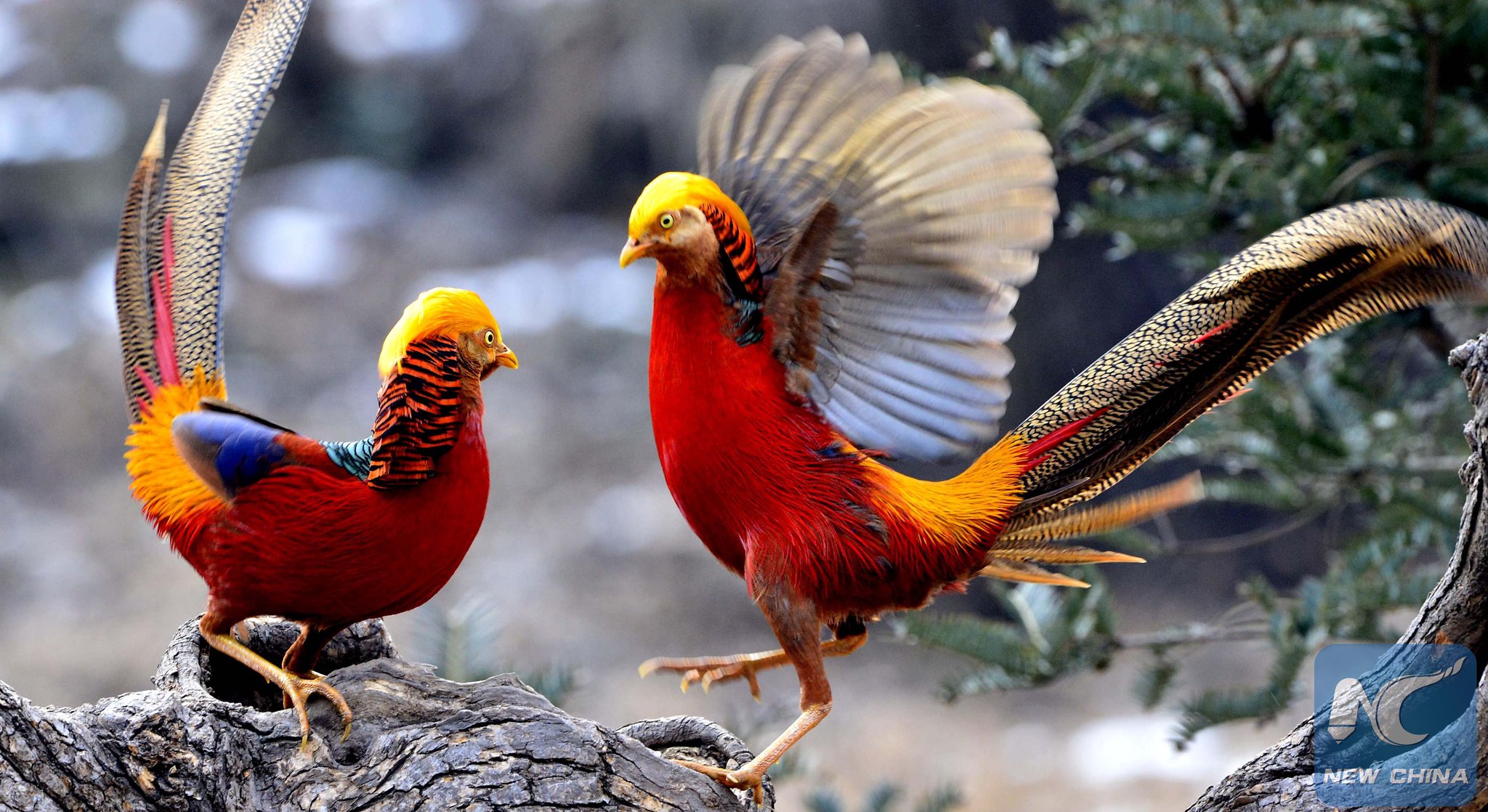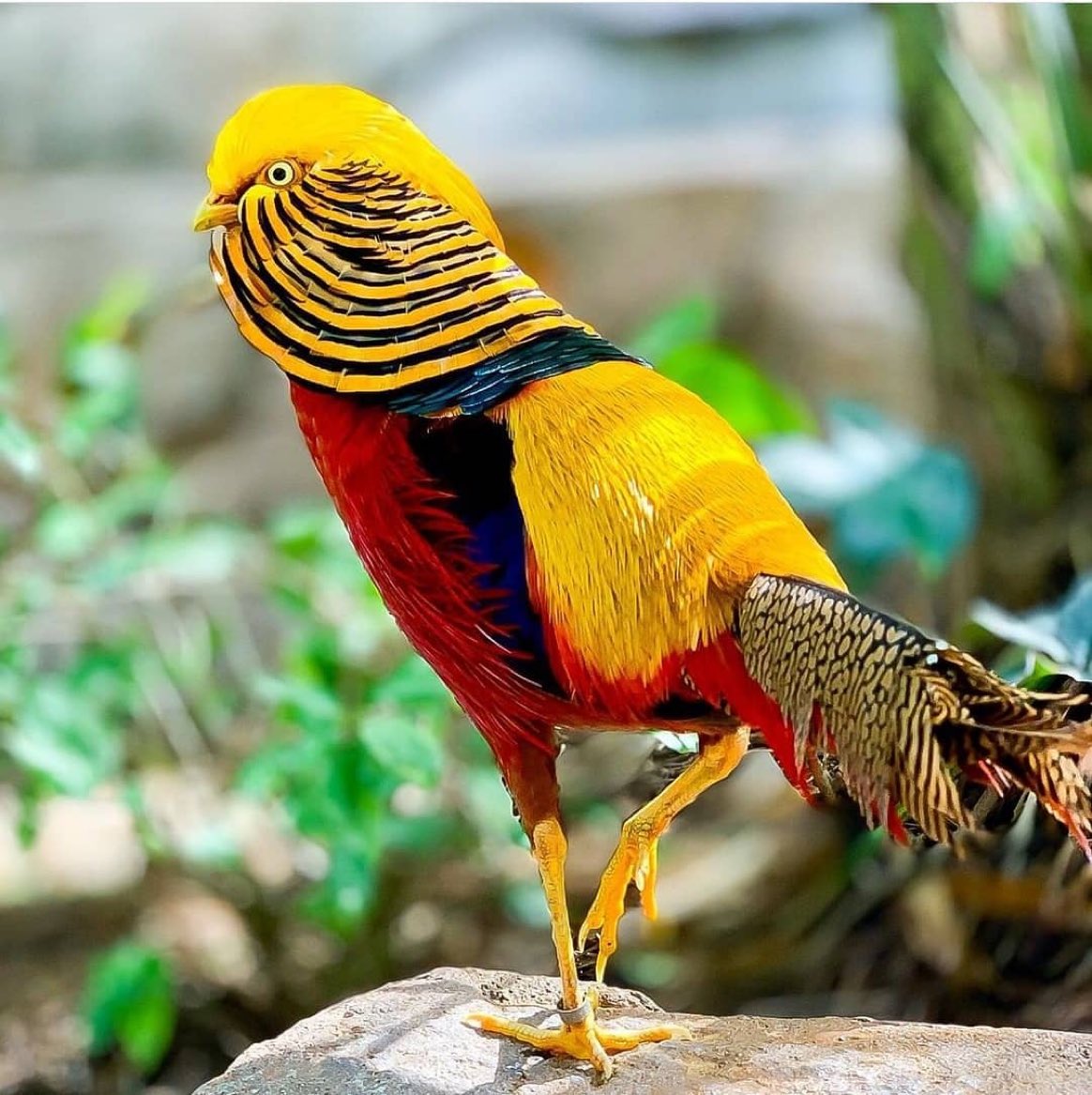The Golden Pheasant (Chrysolophus pictus) is a captivating bird species renowned for its stunning plumage and graceful presence. In this article, we delve into the enchanting world of the Golden Pheasant, exploring its appearance, habitat, behavior, and significance, highlighting the allure of this remarkable avian species.

Appearance and Distribution: The Golden Pheasant is renowned for its extravagant and vibrant plumage, which showcases a mesmerizing array of colors. The male Golden Pheasant boasts a golden crest atop its head, a fiery orange face, and a rich red body adorned with golden-yellow rump feathers. In contrast, the female displays more subdued colors, characterized by mottled brown feathers to blend in with its surroundings. This species is native to the mountainous regions of central and eastern China but has been introduced and can be found in various parts of the world.

Habitat and Behavior: Golden Pheasants typically inhabit dense forests, woodlands, and brushy areas with access to water sources. They are ground-dwelling birds but are skilled climbers, often perching on tree branches or roosting in the trees at night. These birds are known for their shy and elusive nature, often avoiding human presence. During the breeding season, males engage in elaborate courtship displays, showcasing their vibrant plumage and emitting loud calls to attract females.

Diet and Feeding Habits: The diet of Golden Pheasants consists primarily of seeds, berries, fruits, insects, and small invertebrates. They forage on the forest floor, scratching the leaf litter to uncover food items. Their strong beaks enable them to crack open seeds and extract insects from crevices, showcasing their adaptability and resourcefulness.

Symbolism and Cultural Significance: The Golden Pheasant holds symbolic significance in various cultures, particularly in China, where it is revered as a symbol of beauty, fortune, and nobil ity. Its striking appearance and regal bearing have made it a popular subject in traditional Chinese art, representing prosperity and auspiciousness. Today, the Golden Pheasant continues to captivate people worldwide, both for its visual splendor and the cultural symbolism it embodies.

Conservation Status and Threats: The Golden Pheasant is currently listed as a species of least concern by the IUCN. However, habitat loss and degradation due to deforestation, agricultural expansion, and human activities pose threats to their populations. Additionally, illegal hunting and the capture of these birds for the exotic pet trade present further challenges. Conservation efforts focusing on habitat preservation, awareness campaigns, and sustainable management are crucial for ensuring the long-term survival of these magnificent birds.
Conclusion: The Golden Pheasant, with its resplendent plumage, elusive nature, and cultural symbolism, stands as a testament to the extraordinary beauty and diversity found in the avian world. From the misty mountains of China to captivating exhibits in zoos and wildlife sanctuaries worldwide, these birds continue to capture the hearts and imaginations of bird enthusiasts and cultural appreciators alike. By fostering conservation awareness and implementing measures to protect their habitats, we can ensure the continued existence and appreciation of the Golden Pheasant for generations to come.
